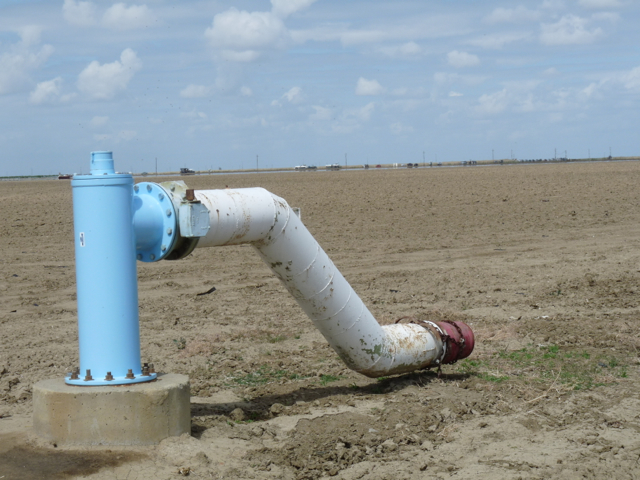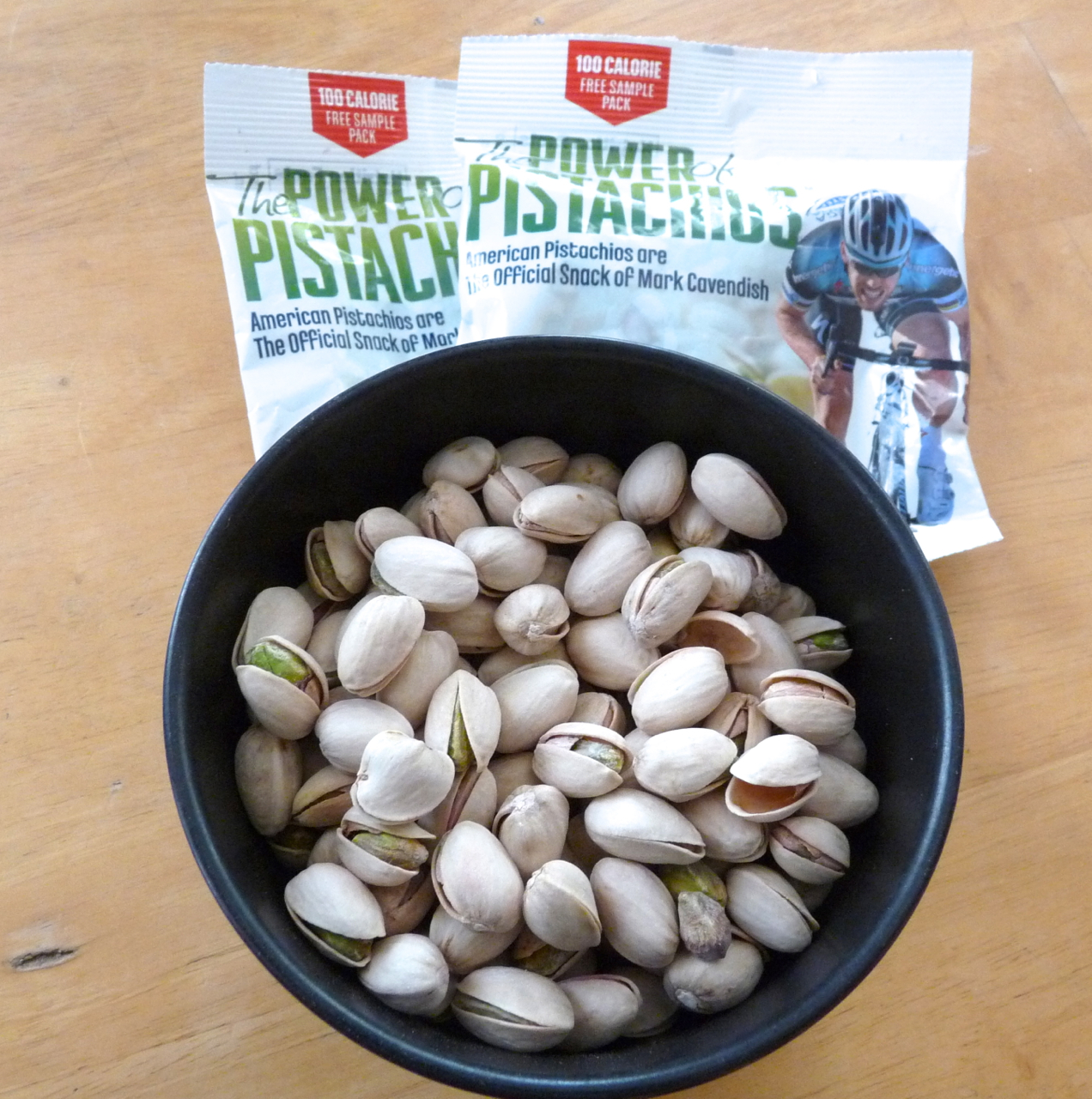Commentary: Proposed EPA ‘waters’ rule hangs farmers out to dry
Source: Don Parrish; Ag Alert
The U.S. Environmental Protection Agency proposal to expand the scope of “navigable waters” subject to Clean Water Act jurisdiction was drafted, according to the agency, to reduce uncertainty. It’s very clear the proposed waters of the U.S. rule is designed to allow the federal government to regulate every place water flows when it rains, including small and remote “waters” and ephemeral drains and ditches.
We all know that water flows downhill and that at some point, some of that water eventually finds its way into a creek, stream or river. Yet, based on nothing more than the flow of rainwater along a natural pathway across the land, the EPA wants to call vast areas of otherwise dry land “tributaries” and therefore “navigable waters.”
With its proposal to regulate land that is dry most of the year and miles from the nearest truly navigable water, EPA is putting farmers in a tenuous position. EPA and other supporters of the proposed rule have made much of a long-standing exemption for agriculture, and claim that it still stands; however, the proposed rule narrows that exemption and opens it up to litigation. The “normal farming and ranching” exemption only applies to a specific type of Clean Water Act permit for “dredge and fill” materials. There is also no farm or ranch exemption from Clean Water Act permit requirements for what EPA would call “pollutants.”
Ultimately, the new permitting requirements that would come with this proposal would mean that common farm activities could trigger Clean Water Act liability and the need for Section 402 National Pollutant Discharge Elimination System permits if pollutants could incidentally be deposited into ditches, ephemerals and other features that will now fall under federal jurisdiction.
At the same time EPA and the U.S. Army Corps of Engineers are telling farmers and ranchers they’re got nothing to worry about because the exemption puts them in the clear, the agency is moving forward with a guidance document that will govern how it interprets the “normal farming” exemption contained in Section 404 of the Clean Water Act.
This interpretive rule makes fundamental changes in how the exemption for normal agricultural activities at “established” farms will be applied and enforced. Contrary to assertions by proponents, this interpretive rule narrows how the exemption is applied and increases farmers’ liability by requiring that farmers comply with Natural Resources Conservation Service conservation standards, which were previously voluntary, in order to be exempt from Section 404 permitting.
Like the proposed waters of the U.S. rule, the interpretive rule conflicts with congressional intent. In 1977, Congress amended the Clean Water Act to exempt “normal” farming, ranching and silviculture from Section 404 “dredge and fill” permit requirements. However, EPA and the Corps are now asserting that farmers are exempt from Section 404 permits so long as any of 56 listed practices comply with NRCS standards, despite the fact that those practices have qualified as the “normal” farming, ranching and silviculture activities for 37 years.
The newly proposed interpretation of “normal farming and ranching” would apply only to farms and ranches that EPA determines to be “established” and “ongoing”—not newer or expanded farms and ranches. Where does this leave the children and grandchildren of farmers and ranchers who want to work the land but need to grow the operation to support an expanding family? What does this mean for the billions of people who will need to be fed in the future?
Worried about the answers to those questions and the many threats the proposed rule poses to agriculture, the American Farm Bureau Federation launched a website at ditchtherule.fb.org to help farmers, ranchers, landowners and others express the need for EPA to “Ditch the Rule.” Focused on topics and analysis related to the proposed rule, the site includes several sections: Take Action, Go Social, Find Answers and Get Resources. We encourage you to visit the site, sign up to learn more, comment on the proposed rule and send tweets using the hashtag #DitchTheRule. You should also voice your concerns to your state and local officials and your U.S. representative and senators.



















